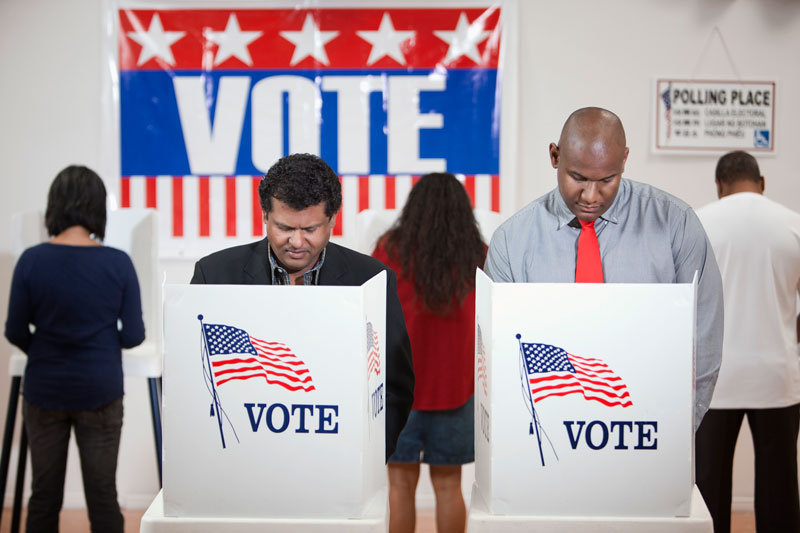
Paradise Lost
Once again, Northern California is finding itself ravaged by wildfires–and this year is the deadliest and most destructive one yet. The confirmed death toll currently stands at 85, but with at least 249 still missing, it’s expected to continue to rise. Furthermore, after two weeks, the Camp Fire has destroyed more buildings than California’s other seven worst wildfires combined. Currently, the fire has burned about 18,421 structures, including almost 14,000 homes. The fire leveled the entire town of Paradise (population 27,000). It burned 20,000 acres in the first fourteen hours, and more than 100,000 acres two days later. On November 8, it consumed nearly 10,000 acres in about an hour and a half. Now, over two weeks later, the total area it has destroyed is roughly the size of Chicago.
The fires have also impacted air quality throughout much of California, with more than twenty cities listed as having “unhealthy air.” Residents have been advised to stay inside and to avoid exercising outdoors. The poor air quality is especially dangerous for people with pre-existing respiratory conditions such as asthma, older adults, and young children or infants.
As of last Monday morning, the fire was contained. Though the cause of the fires is still unknown, a lawsuit is forming against Pacific Gas & Electric (PG&E). The utility company allegedly experienced two power failures around the time and place that the fires first began.
Dig Deeper Using Internet resources, create a list of ways that people in your community can provide donations or other assistance to the victims of the California wildfires.
“Votamos, Ganamos” (We Vote, We Win)
Politicians have often struggled with how to mobilize the country’s fast-growing Latino population to vote. But this month’s midterm elections saw a huge gain in Latino voter participation, especially in states such as Arizona, Nevada, and Texas, where turnout doubled from the last midterm election in some competitive districts. A record 29 million Latinos were eligible to vote, and nationwide, the number of Latinos casting a ballot was up 174 percent over the last midterms. In fact, one out of every four Latino voters cast a ballot in a midterm election for the first time this month.

Credit: ©Hill Street Studios/Blend Images LLC/Glow Images
And this participation paid off. Latinos now hold a total of 42 seats on Capitol Hill. First-time Latino candidates beat out incumbents, such as Antonio Delgado, who will now represent New York State in Congress. And Veronica Escobar and Sylvia Garcia, both of Texas, have become the first Latinas to serve in the House of Representatives.
Why the sudden surge in turnout? The current political landscape had a lot to do with it. Three-fourths of Latinos say they are against Trump’s divisive rhetoric. And the anti-immigration sentiment from the Republicans, particularly regarding the so-called “migrant caravan” headed to the U.S. from Central America, energized many Latino voters to vote, and to vote Democrat. The Democratic Party also went out of its way to court Latino voters, spending $21 million on outreach efforts.
And Latinos weren’t the only minority group to turn out in huge numbers this election. Since the last midterms, African Americans also increased their participation by 157 percent, and Pacific Islanders by 218 percent.
What Do You Think? Looking ahead, how do you think these changing voter demographics will affect campaigns in 2020?
New Battleground in the Opioid War
As state and local governments struggle to combat the national opioid epidemic, Florida has taken a unique approach: suing drug stores.
State Attorney General Pam Bondi announced that Florida will be suing the nation’s two largest drug store chains, CVS and Walgreens. Both chains will be added to a lawsuit that was filed in May against the pharmaceutical companies that make opioids. According to state officials, this is because CVS and Walgreens didn’t do their part to investigate suspicious prescriptions, and distributed quantities of opioids that were much too high. In fact, investigations into Florida’s Walgreens have revealed that, in 2011, each one of them ordered over a million dosage units of oxycodone, more than ten times the national average.
In one unidentified town of 3,000 people, they sold 285,000 pills in one month. And Florida CVS stores distributed more than 700 million dosages between 2006 and 2014. The suit alleges that the pills were then sold across state lines at huge markups, fueling the drug crisis across the eastern and central United States. Both companies also paid large sums of money to the federal Drug Enforcement Agency (DEA) to settle charges that they were knowingly filling fake prescriptions.
Florida has been hit especially hard by the opioid crisis. In 2016 alone, 2,798 Floridians died of opioid-related overdoses. Also, drug corruption runs rampant in the state, which has become nationally known for its so-called “pain mills.” In fact, at one point, 90 of the nation’s top 100 opioid prescribers were Florida doctors.
Dig Deeper Use Internet resources to help you determine how many people died of opioid addiction in your state last year. Do you think suing drug stores is a fair approach? Why or why not?
New Challenges for Brexit
In 2016, Britain voted in favor of separating itself from the European Union (EU). This departure, nicknamed “Brexit,” has faced challenge after challenge. Two years later, as the deadline for the split looms, Britons are still struggling to figure out what their divorce from the EU should actually look like. Now, a tentative plan is finally in place.
Teresa May, the prime minister, is the head of the Conservative Party. But the party is deeply divided. While some Conservatives are demanding a clean and complete break from Europe, more moderate party members want to maintain close economic ties with the EU. May drafted an agreement, which lays out terms such as Britain’s fee for leaving the EU, the rights of EU citizens living in Britain (and British citizens living in EU nations), and security checkpoints at the border between Ireland (EU) and Northern Ireland (which is part of the United Kingdom and will separate). The agreement states that Britain will remain inside the EU’s single market and be subject to its laws and regulations until 2020.
However, the agreement provoked such widespread outrage that there is no certainty that it will be approved. In fact, the deal prompted two of May’s cabinet members to resign, including Dominic Raab, the chief Brexit negotiator. Meanwhile, members of the Labour Party want to scrap the whole idea and send voters back to the polls on the Brexit issue, allowing them the option (through a referendum) of not proceeding with it at all.
Last Sunday, at a meeting of the European Council, EU officials endorsed the deal. But May still has to sell the idea to Parliament, and her popularity, even within her own party, is at an all-time low. It is possible that she might even face a vote of no confidence, which could remove her from her leadership position. For now, though, May insists that Brexit will go forward as planned. The date scheduled for the departure is March 29, 2019. The Labour Party, scared that Brexit could happen with no deal in place, is trying to pass a law in Parliament saying that Britain can’t separate until an official agreement is reached.
